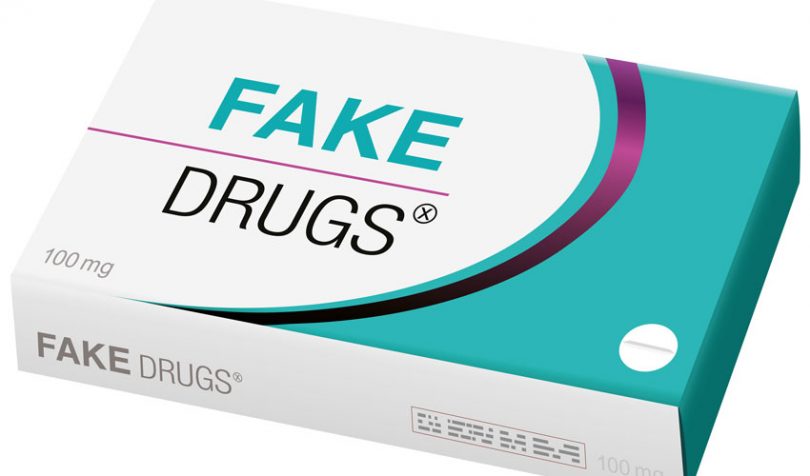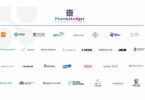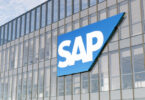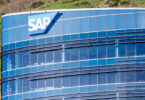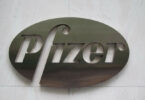Today SAP announced that its blockchain solution the “SAP Information Collaboration Hub for Life Sciences” has gone live for the U.S. pharmaceutical supply chain. Globally there’s a significant problem with counterfeit drugs. Given the sheer quantity of returned pharmaceuticals – nearly $7 billion a year in the U.S. – these are often re-sold. So there’s a risk that these returned drugs could be counterfeit.
Hence the U.S. Drug Supply Chain Security Act (DSCSA) requires that wholesalers verify the authenticity of the drugs before reselling them. The law comes into force in November 2019. According to Reuters, the global counterfeit market could be as big as $200bn a year.
The software enables customers to check the product code, lot, expiration date and serial number against the blockchain that stores the manufacturer’s data. It was developed as a co-innovation with AmerisourceBergen, Boehringer Ingelheim, GlaxoSmithKline, Merck and others.
“The blockchain-based solution from SAP provides the best opportunity to fully satisfy our need to be interoperable with our trading partners and their solutions as well as to remain compliant with the U.S. DSCSA,” said Jeffery Denton, senior director, Global Secure Supply Chain, AmerisourceBergen Corporation.
“This blockchain product supports the industry’s need for an immutable and shared ledger, avoiding many complex integrations,” said Dr. Oliver Nuernberg, chief product owner, SAP for Life Sciences solution portfolio, SAP SE. “With this product we are offering a scalable and secure solution to pharmaceutical manufacturers and U.S. wholesalers to comply with the upcoming regulatory requirements for verification.”
In Europe there’s a similar law, but the EU adopted a centralized approach, so manufacturers upload the data to the regulator’s centralized database. The absence of the centralized approach in the US would require a large number of integrations between all the different solutions. So blockchain is an appealing option.
Technical approach
The SAP solution uses the MultiChain blockchain. The company’s strategy is to create an open network. Raimond Gross, Chief Blockchain Strategist at SAP, told Ledger Insights last year: “At the point in time when those serial numbers are generated and stored, this is a core SAP product, SAP’s Advanced Track and Trace for Pharmaceuticals. But this could be other systems and other players that have different production systems.”
Last year Ledger Insights explored both SAP’s solution and the MediLedger project in depth. On the face of it, two pharmaceutical blockchains must be competitors. But in fact, they’re complementary.
The SAP solution stores the data which means verification can be done against the blockchain rather than burdening the company’s systems with the large volume of requests.
MediLedger’s Susanne Somerville explained that “MediLedger provides a GTIN [Global Trade Item Number] lifecycle management solution, so the industry can have definitive knowledge of new GTINs and who owns them in the case of sales between companies. This then provides an accurate look-up directory, so you know where to call, as well as providing the secure routing of requests and responses. Companies identities are validated in order to participate in MediLedger, so self-signed certificates stored on the blockchain ensure you know who is requesting the information and who is responding.” In other words, if you query MediLedger it knows that barcode lives on the SAP blockchain, it retrieves the data and gives you a yes or no response.

